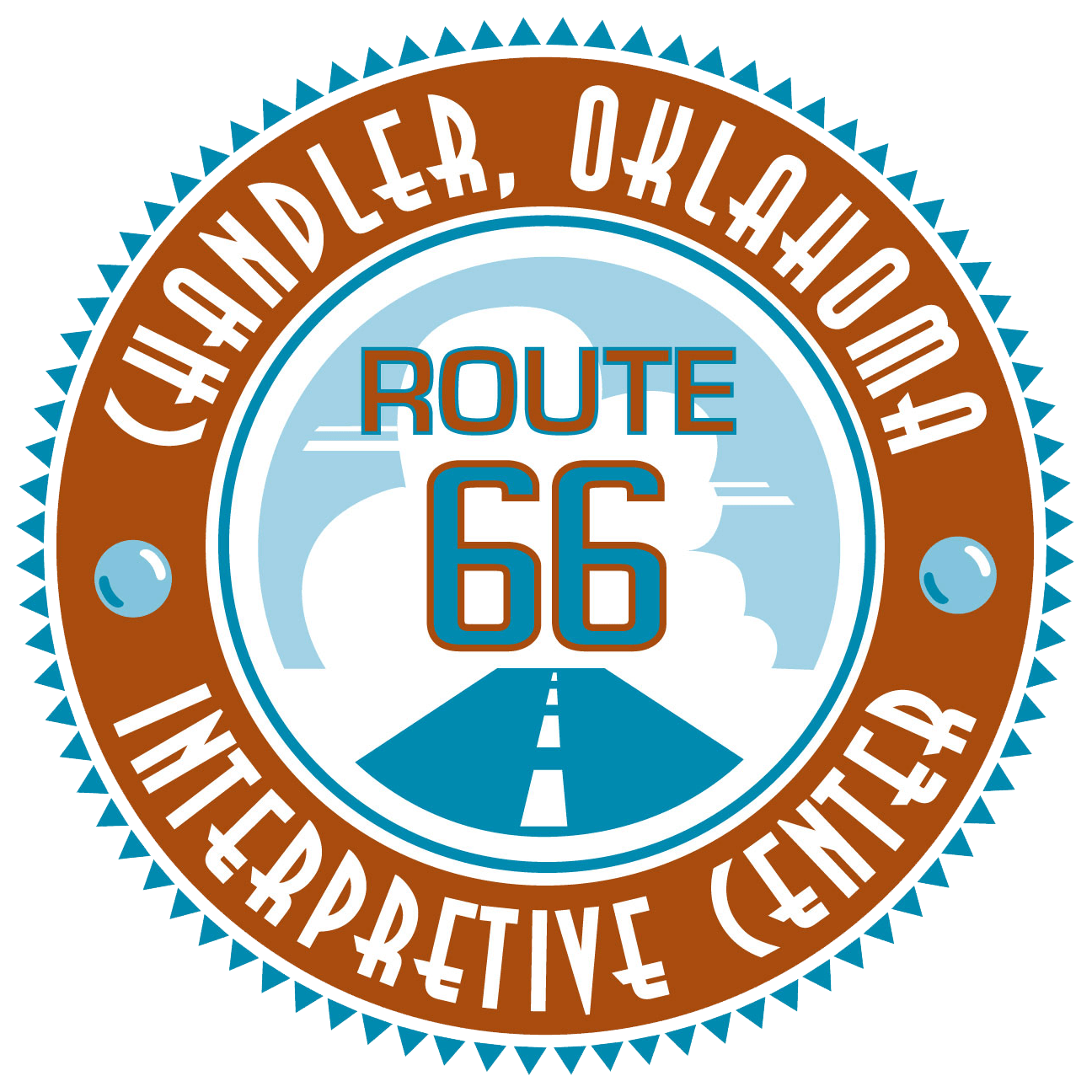The original Chandler Armory building was constructed in 1936-37 by the federal Works Progress Administration (WPA). This program was part of Franklin D. Roosevelt’s “New Deal” policy of putting Americans back to work during the Great Depression, and building community economies back up by using local workers and materials.
This structure was built for the Oklahoma National Guard, and served as an armory until a new one was constructed just north of town, in 1971. The City of Chandler donated the land for the new armory and, in exchange, the Oklahoma National Guard deeded the old armory back to the city.
This is one of the 54 Oklahoma armories built by the WPA, and one of only two built on Oklahoma Route 66. This armory’s walls were chiseled by hand, a technique considered unique among the Oklahoma armories. The outer walls are twenty inches thick, and can withstand tornadic winds.
It was in this very armory that the first black person ever to serve in the Oklahoma National Guard was sworn in. Reverend "Lee Lee" was a long time Chandler resident. On May 19th, 2015, he went to be with our Lord and to sing with the angels. He was a true hero and treasure to our community and will be sorely missed.
Once the active armory was moved to its new location, this building fell into disrepair, despite its sometime use by a van conversion company, and later as a maintenance building for the Chandler Fire Department. The roof decayed and rainwater corroded the interior walls. In 1993, an attempt was made to save the armory, but it failed. At one point, the Chandler city council even considered tearing this grand old structure down.
Then, in April of 1998, a local resident decided that enough was enough: This structure should be saved. Thus, the Old Armory Restorers (OAR) was created. Composed of local volunteers, the group had the express intention of saving, restoring and bringing this structure back for community use.
May 19, 2007, marked a new beginning for the old, but resilient, structure. Hans Butzer, principal designer of the Chandler Route 66 Interpretive Center, said, “It will complement other Route 66 museums with the simplicity of an art gallery. Lights, sounds and visuals will create a memorable sensory experience of America’s favorite highway. It is to emphasize the life that Route 66 instilled and continues to breathe into the most American of our communities. Route 66 is alive.”
We will continue to add to our collection of entertaining and educational film segments about Route 66, to better serve our interpretive mission. Come back again and again! We plan on keeping this Center as alive as Route 66 is...today, and rolling forward into tomorrow.
—Research by Howard Dickman

